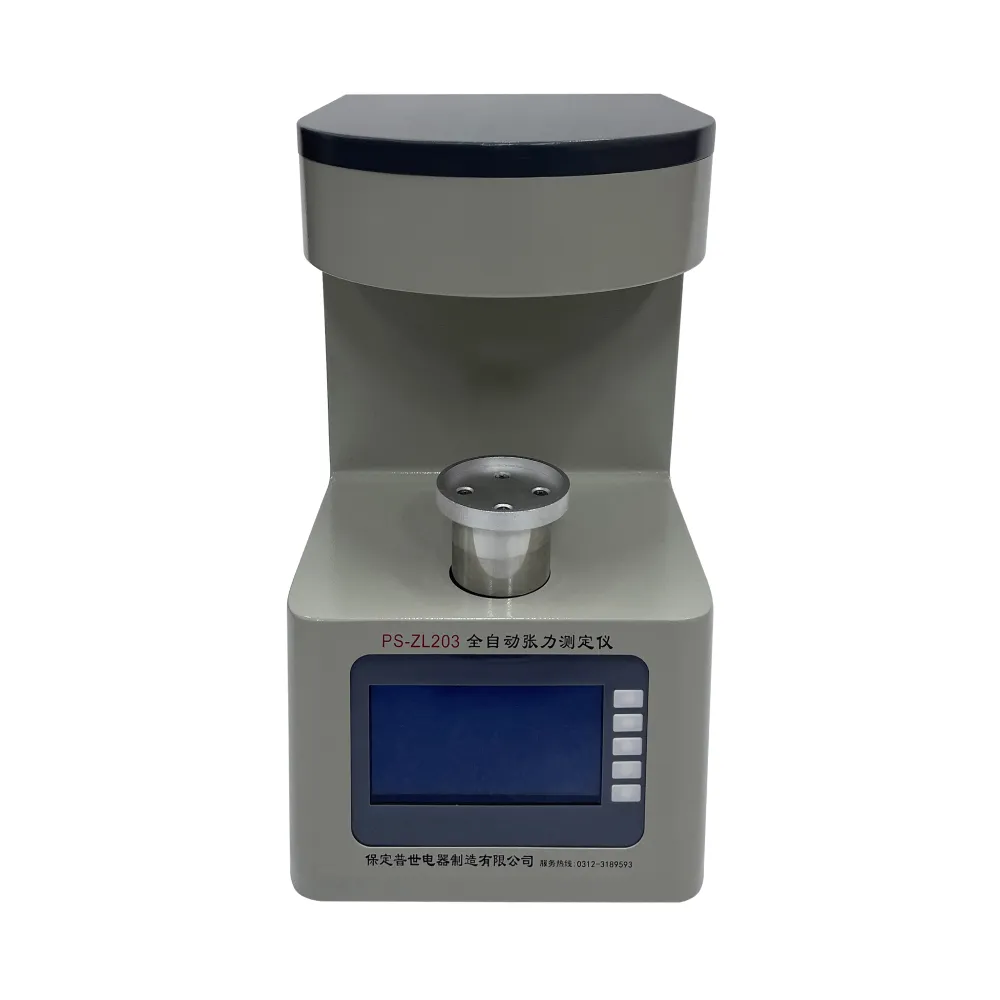 English
English


Testing the Performance and Efficiency of a 24 Volt Transformer in Various Applications
Testing a 24 Volt Transformer A Comprehensive Guide
Transformers play a crucial role in electrical systems, serving to step down or step up voltage levels to meet specific requirements. Among the various types of transformers, 24-volt transformers are commonly used in low-voltage applications such as landscape lighting, HVAC systems, and various electronic devices. Testing a 24-volt transformer is essential for ensuring its proper functionality and safety. This article will provide a comprehensive guide on how to test a 24-volt transformer effectively.
Understanding Transformer Basics
Before diving into the testing process, it is vital to understand how transformers work. A transformer operates on the principle of electromagnetic induction, comprising two coils of wire — the primary and secondary windings. When an alternating current (AC) flows through the primary winding, it creates a magnetic field that induces a voltage in the secondary winding. The voltage ratio between the primary and secondary coils depends on the number of turns of wire in each coil.
Safety Precautions
Safety is paramount when working with electrical devices. Before testing a 24-volt transformer, ensure that you take the necessary precautions
1. Disconnect Power Always turn off power to the transformer from the main electrical panel before beginning any testing. 2. Use Insulated Tools Employ insulated tools to reduce the risk of electric shock. 3. Wear Protective Gear Safety glasses and gloves are recommended to protect against accidental electrical discharge or contact.
Tools Required
To effectively test a 24-volt transformer, you’ll need the following tools
testing a 24 volt transformer

- Multimeter (preferably a digital one) - Screwdriver (if you need to access the terminal connections) - Safety gloves and goggles
Testing Procedure
1. Visual Inspection Begin by inspecting the transformer for any visible signs of damage, such as burnt marks, frayed wires, or corrosion. A damaged transformer should be replaced immediately.
2. Check Primary Voltage With the power still disconnected, identify the primary terminals of the transformer. Reconnect power temporarily and use the multimeter set to the AC voltage setting to measure the voltage at the primary terminals. It should match the input voltage specified for the transformer (typically 120V or 240V, depending on the installation). If there is no voltage, check the circuit or power supply.
3. Check Secondary Voltage After verifying the primary voltage, turn off the power again. Next, connect the multimeter to the secondary terminals of the transformer. Reconnect power and measure the voltage. You should see a reading close to 24 volts AC. If the voltage is significantly lower or absent, the transformer could be faulty.
4. Resistance Testing With power off, switch your multimeter to the resistance (ohms) setting. Test the primary and secondary coils by placing the probes on the respective terminals. A good transformer will show a low resistance reading in the primary and secondary windings, typically in the range of a few ohms. A very high resistance reading indicates an open circuit, while a very low reading (near zero) could point to a short circuit.
5. Load Testing If the transformer is functioning correctly under no load conditions, it is beneficial to conduct a load test. Connect a suitable load that represents the normal operating conditions and measure the secondary voltage again. If it still remains around 24 volts, the transformer is likely in good condition.
Conclusion
Testing a 24-volt transformer is a straightforward process that can prevent potential electrical issues and ensure efficient operation. Always remember to prioritize safety by disconnecting power and using appropriate tools. Through visual inspections and electrical measurements, you can quickly determine if a transformer is functioning correctly or if it needs replacement. Regular maintenance and testing can prolong the life of your transformer and keep your electrical systems running smoothly.
-
Differences between open cup flash point tester and closed cup flash point testerNewsOct.31,2024
-
The Reliable Load Tap ChangerNewsOct.23,2024
-
The Essential Guide to Hipot TestersNewsOct.23,2024
-
The Digital Insulation TesterNewsOct.23,2024
-
The Best Earth Loop Impedance Tester for SaleNewsOct.23,2024
-
Tan Delta Tester--The Essential Tool for Electrical Insulation TestingNewsOct.23,2024





